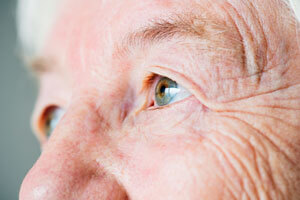I have diabetes: will I go blind?
For people with diabetes, the thought of losing their eyesight is scary. And it’s a valid fear. The damage to the retina of the eye caused by diabetes — called diabetic retinopathy — is the leading cause of blindness among working-age Americans.
But there’s good news. Diabetic retinopathy often can be prevented with early detection, proper management of your diabetes and routine eye exams performed by your optometrist or ophthalmologist.
What is diabetic retinopathy?
Diabetic retinopathy is a condition in which high blood sugar causes retinal blood vessels to swell and leak blood. If left untreated, diabetic retinopathy can cause blindness.
How can you prevent diabetic retinopathy?
To prevent or slow the development of diabetic retinopathy:
- Take your prescribed medication
- Stick to your diet
- Exercise regularly
- Control high blood pressure
- Avoid alcohol and smoking
Even controlled diabetes can lead to diabetic retinopathy, so you should have a comprehensive dilated eye examination once a year. That way your doctor can begin treating any retinal damage as soon as possible.
What are the symptoms of diabetic retinopathy?
In the early stages of diabetic retinopathy, you may have no symptoms at all or you may have blurred vision. In the later stages, you could develop cloudy vision, blind spots or floaters.
Is diabetic retinopathy curable?
Early treatment can slow the progression of diabetic retinopathy, but it won’t reverse any vision loss.
What treatments are available?
The best treatment is to keep your diabetes and blood pressure under control.
Depending on the extent of the disease, you may need laser surgery to seal leaking blood vessels or to discourage other blood vessels from leaking. Your ophthalmologist might need to inject medications into the eye to decrease inflammation or stop the formation of new blood vessels. People with advanced cases of diabetic retinopathy might need a surgical procedure to remove and replace the gel-like fluid in the back of the eye, called the vitreous. Surgery may also be needed to repair a retinal detachment. This is a separation of the light-receiving lining in the back of the eye.
